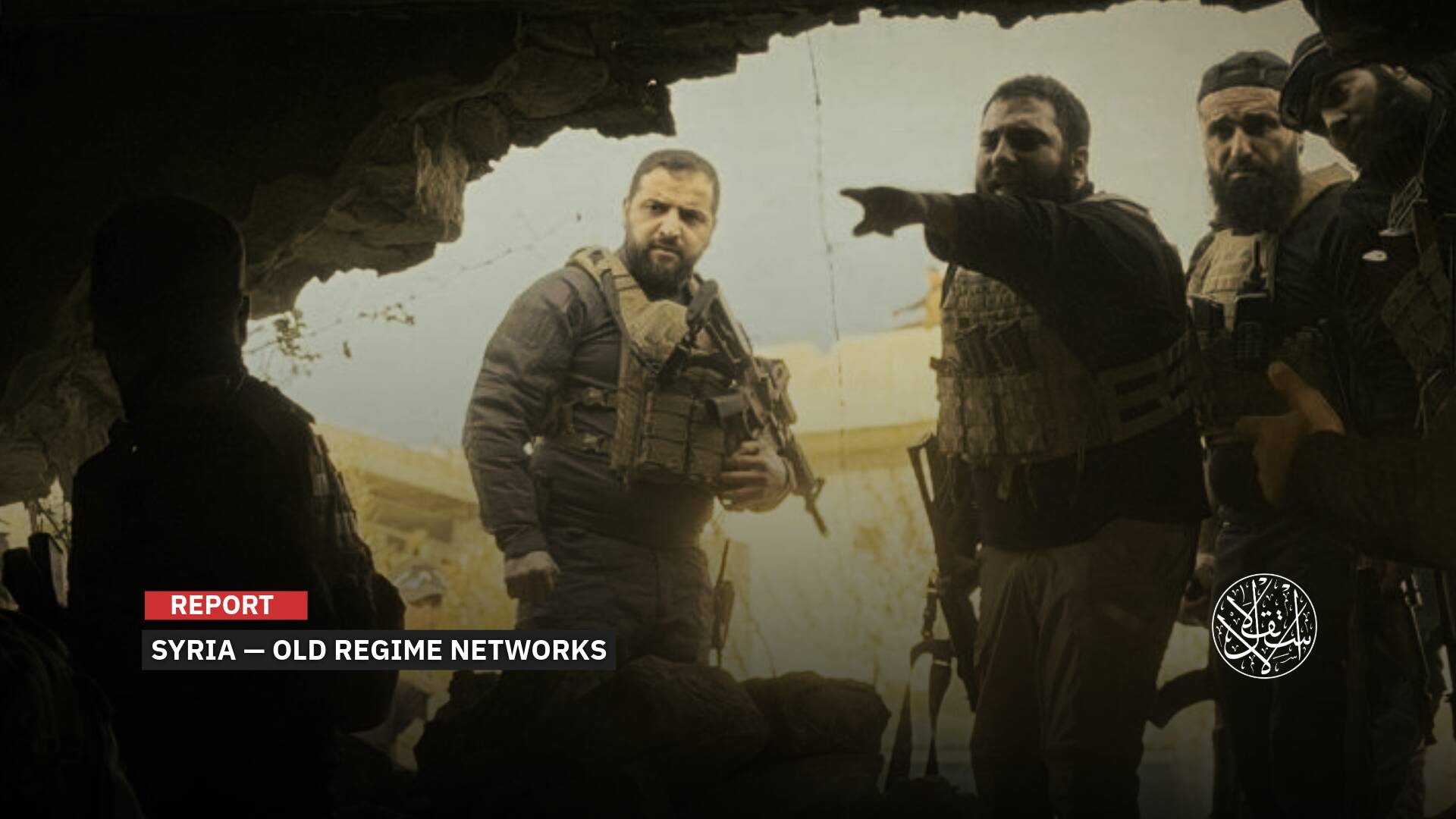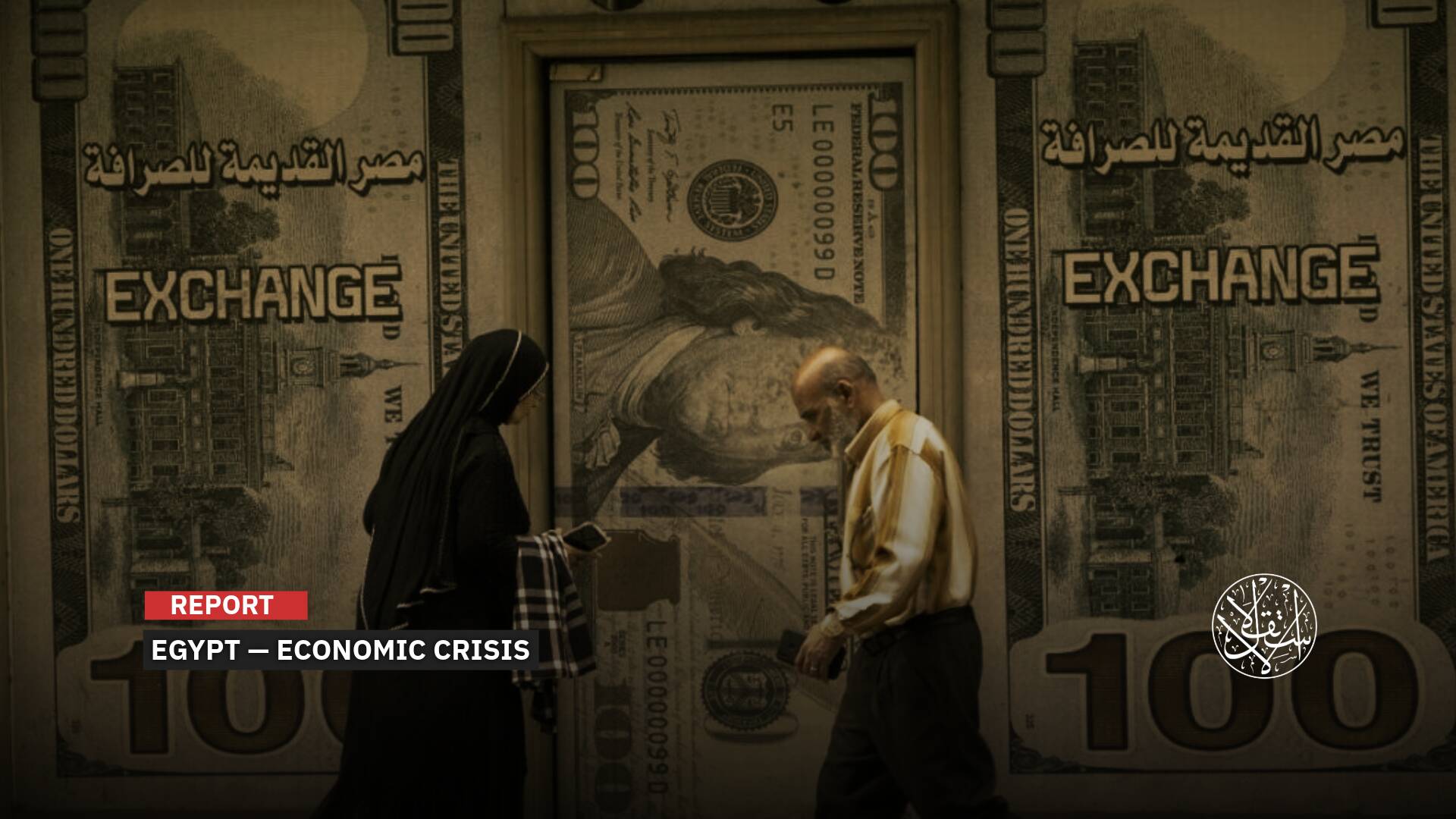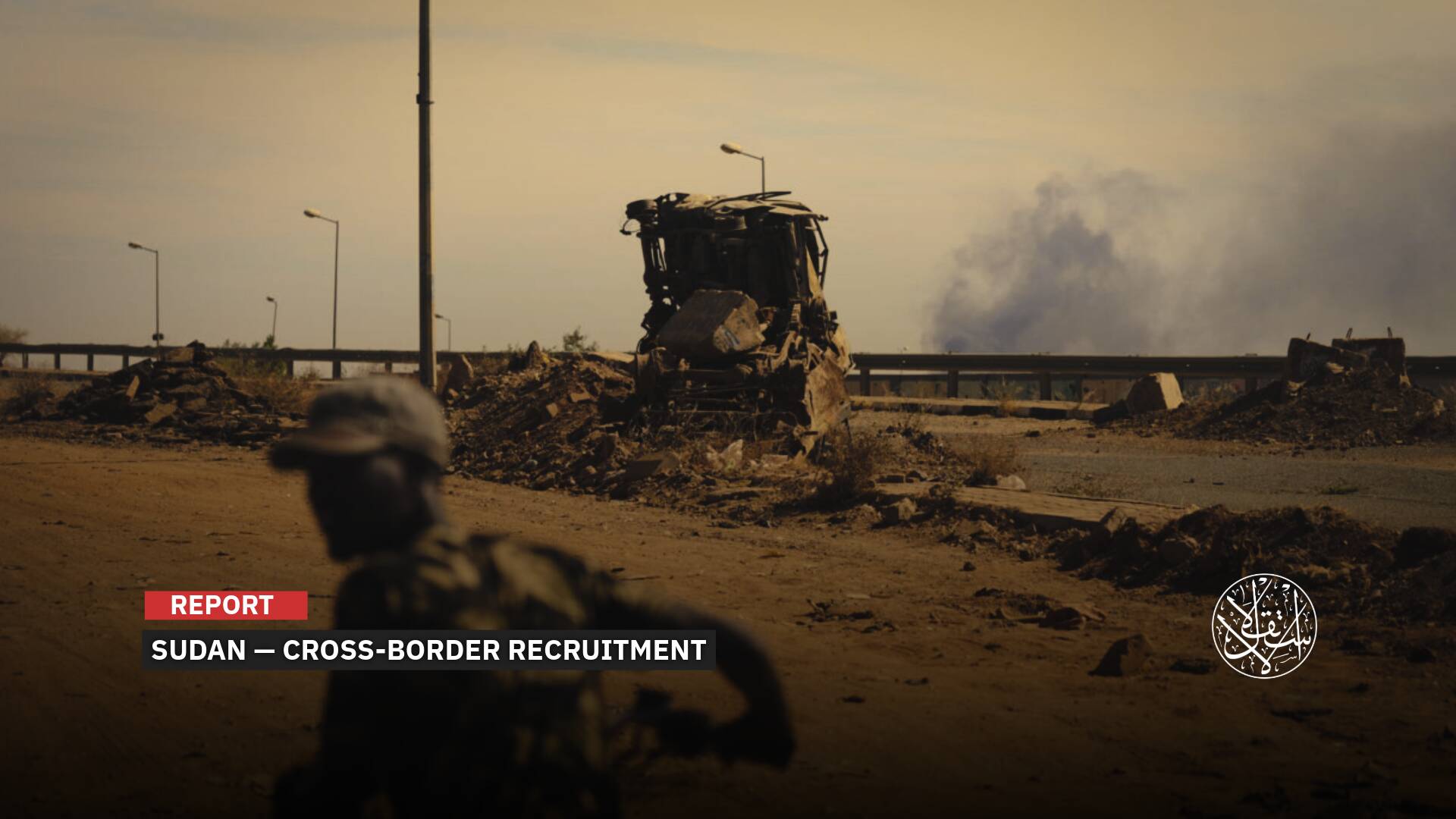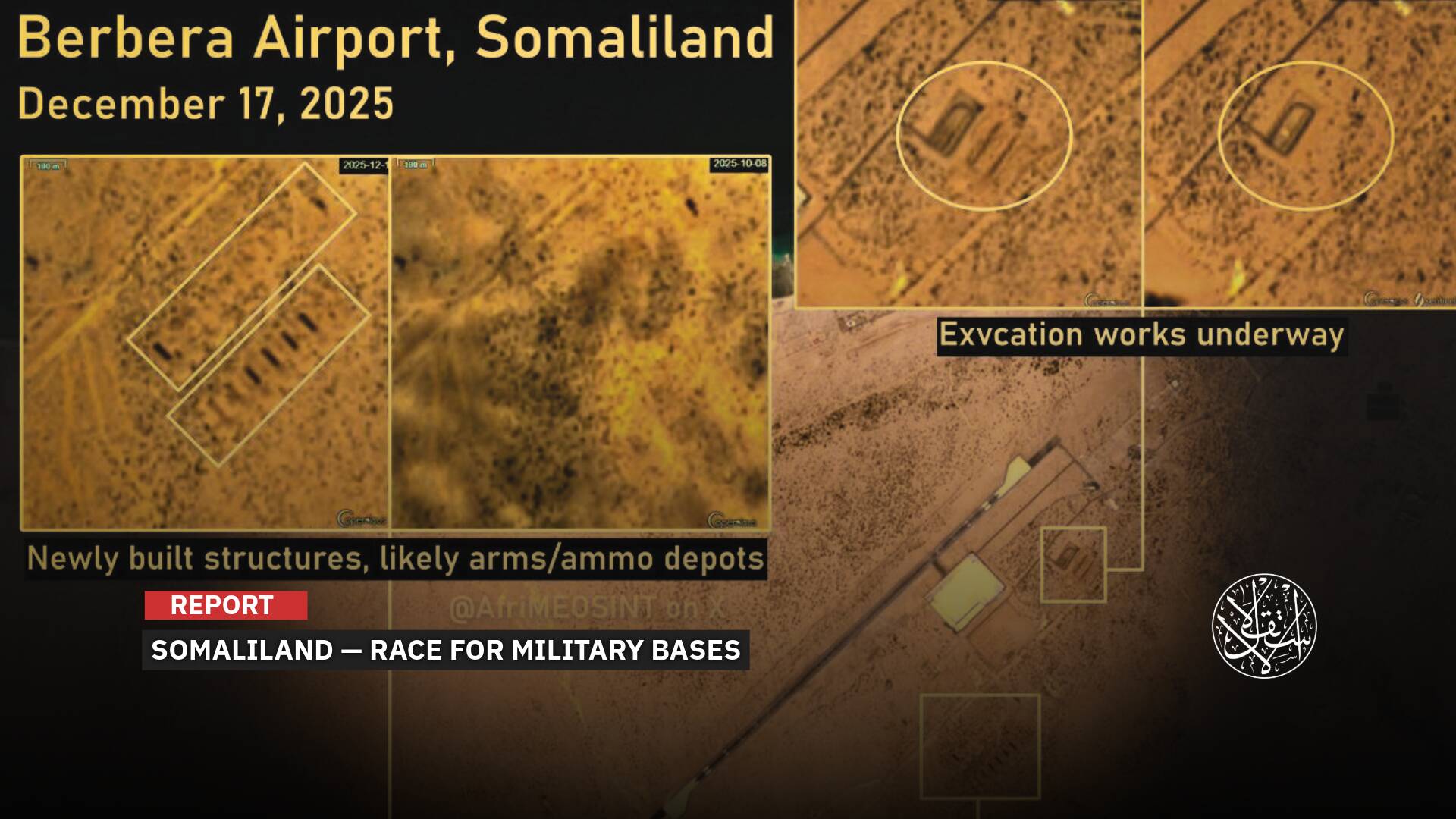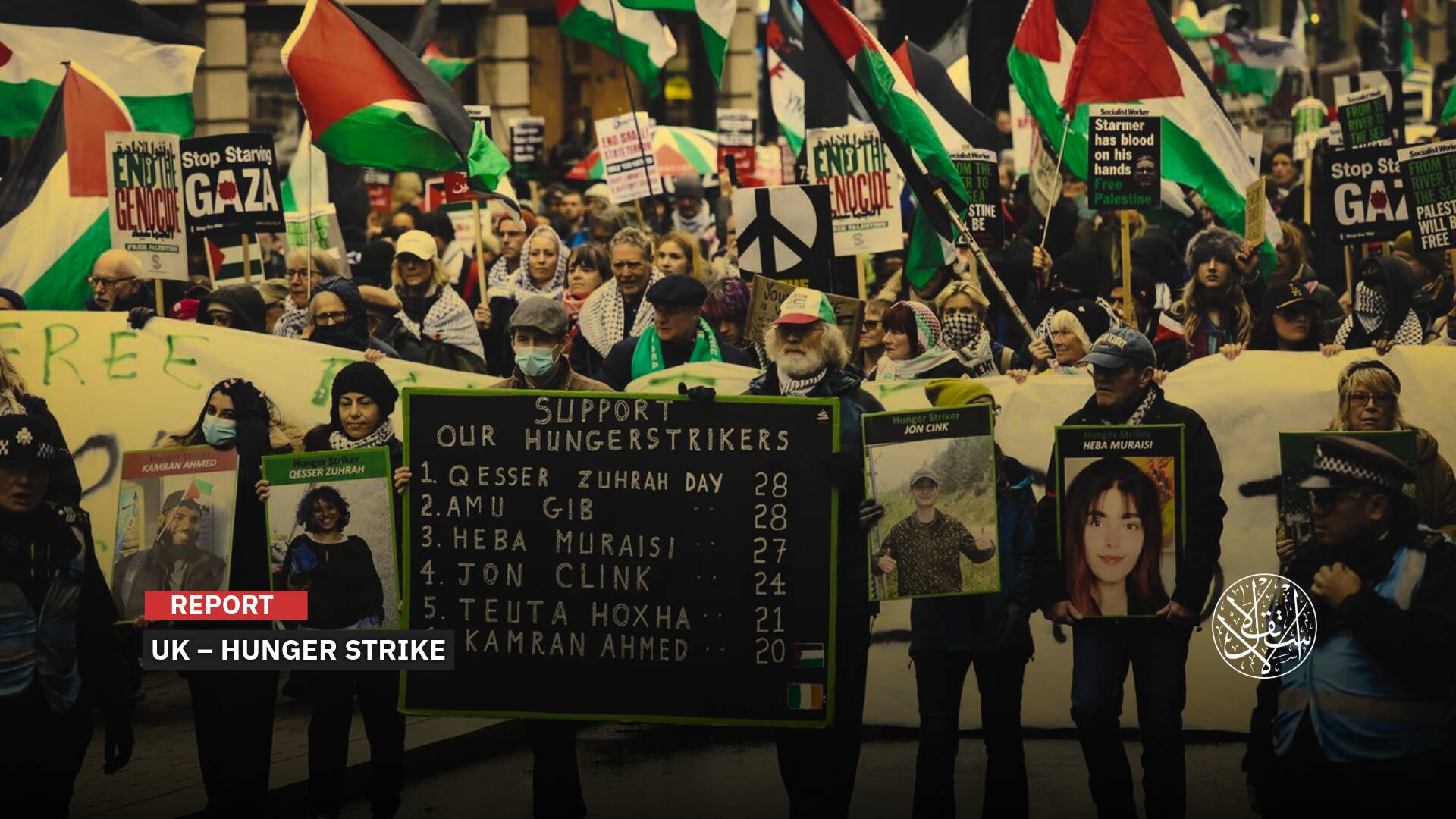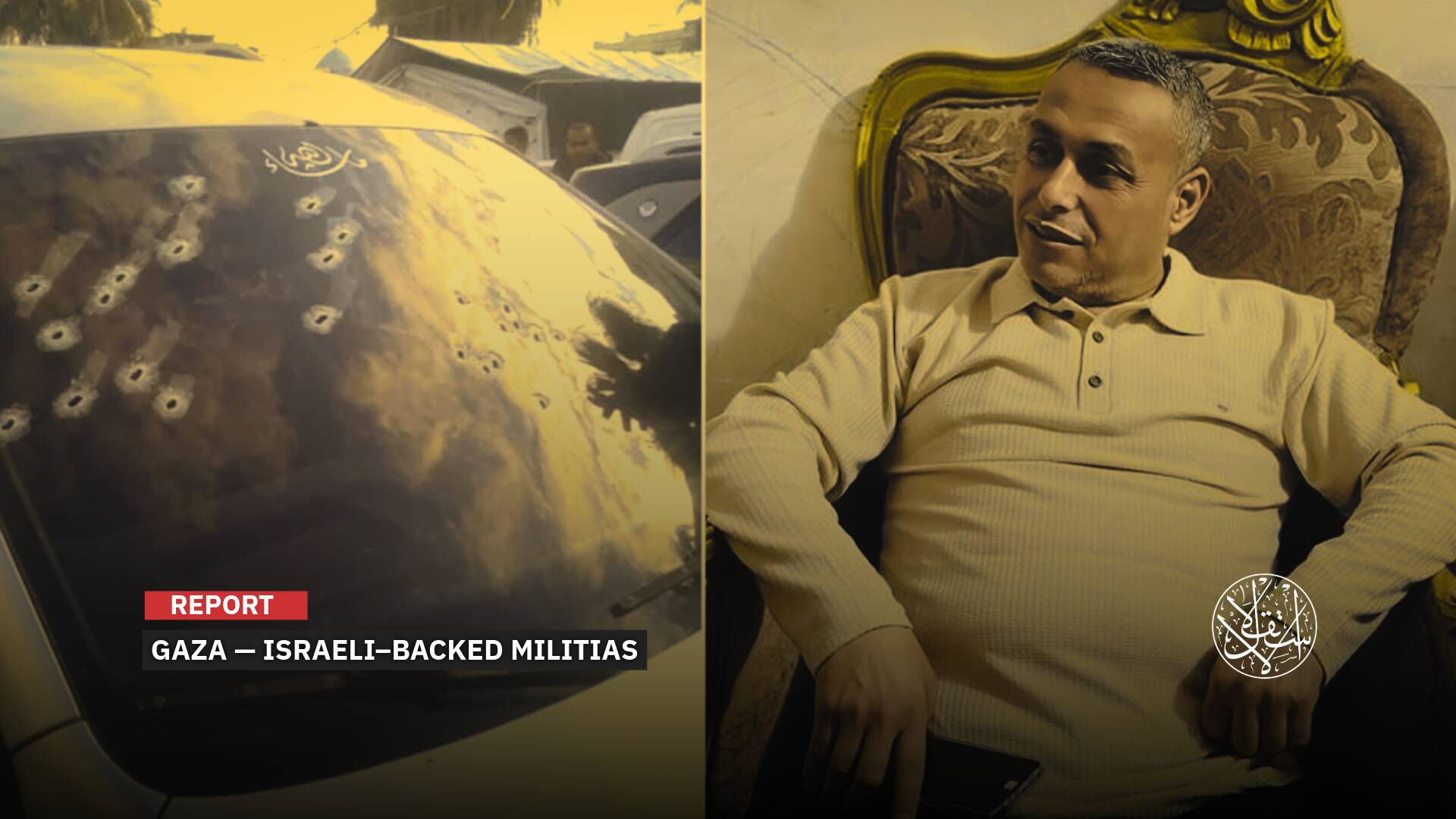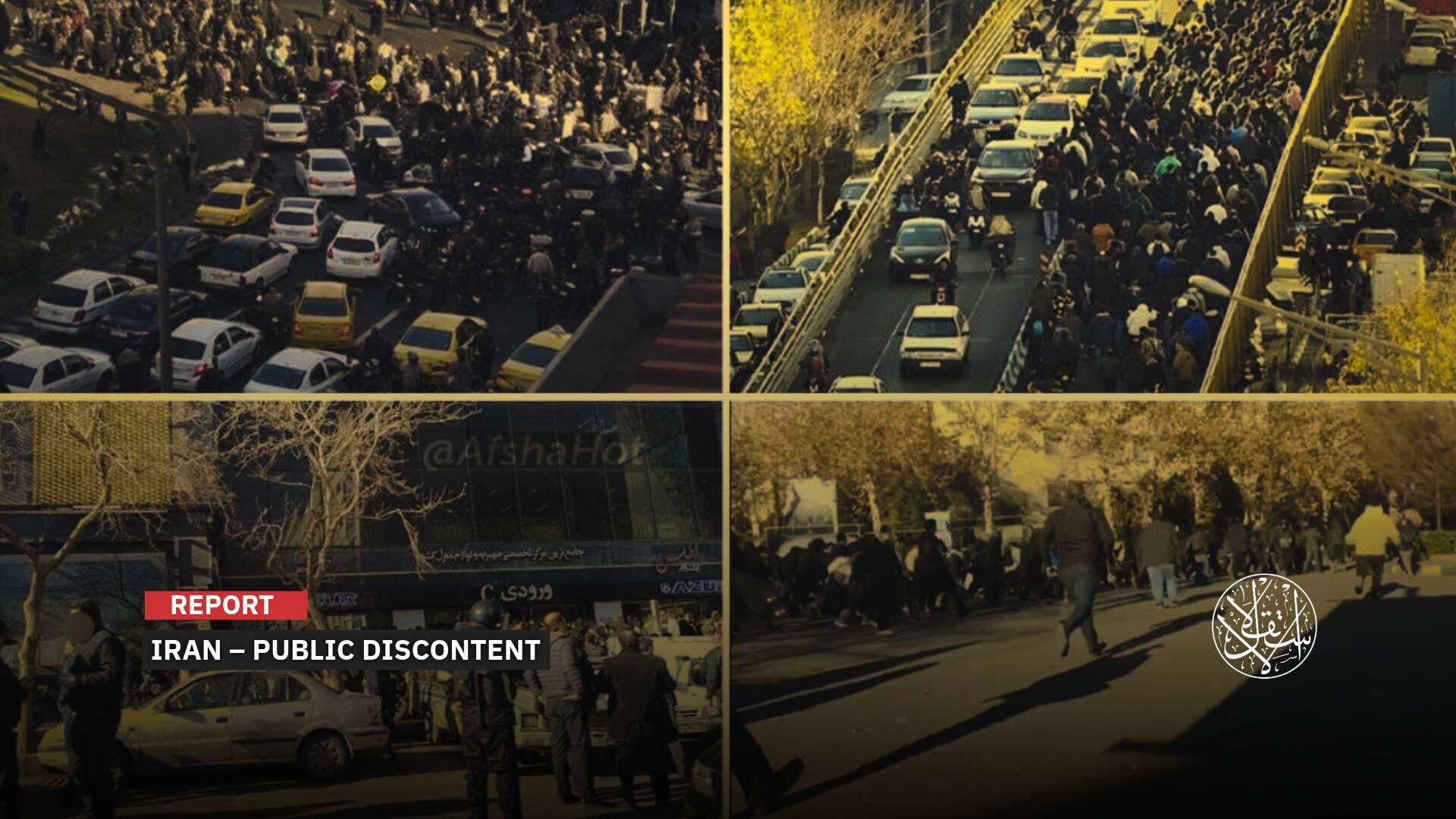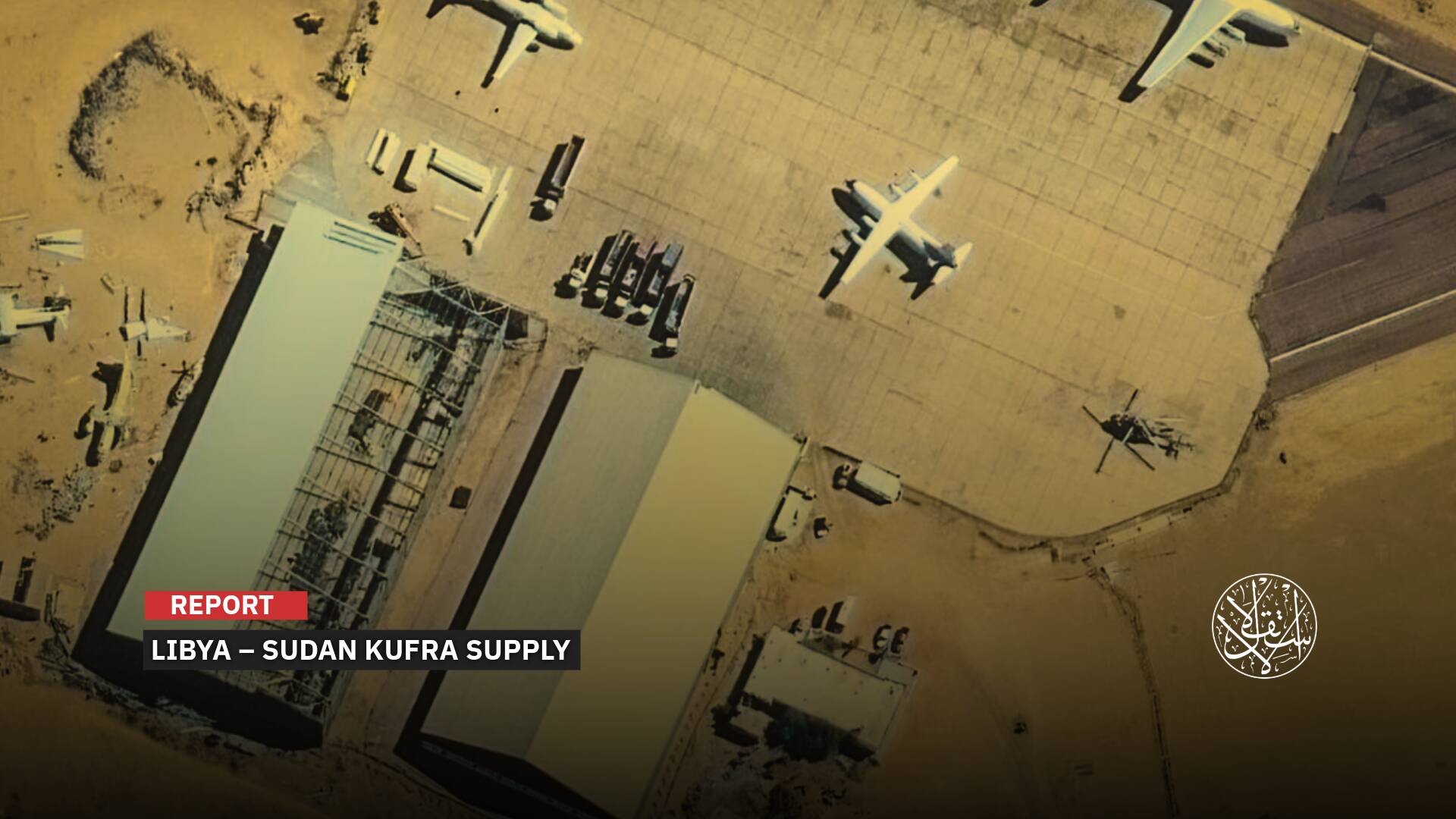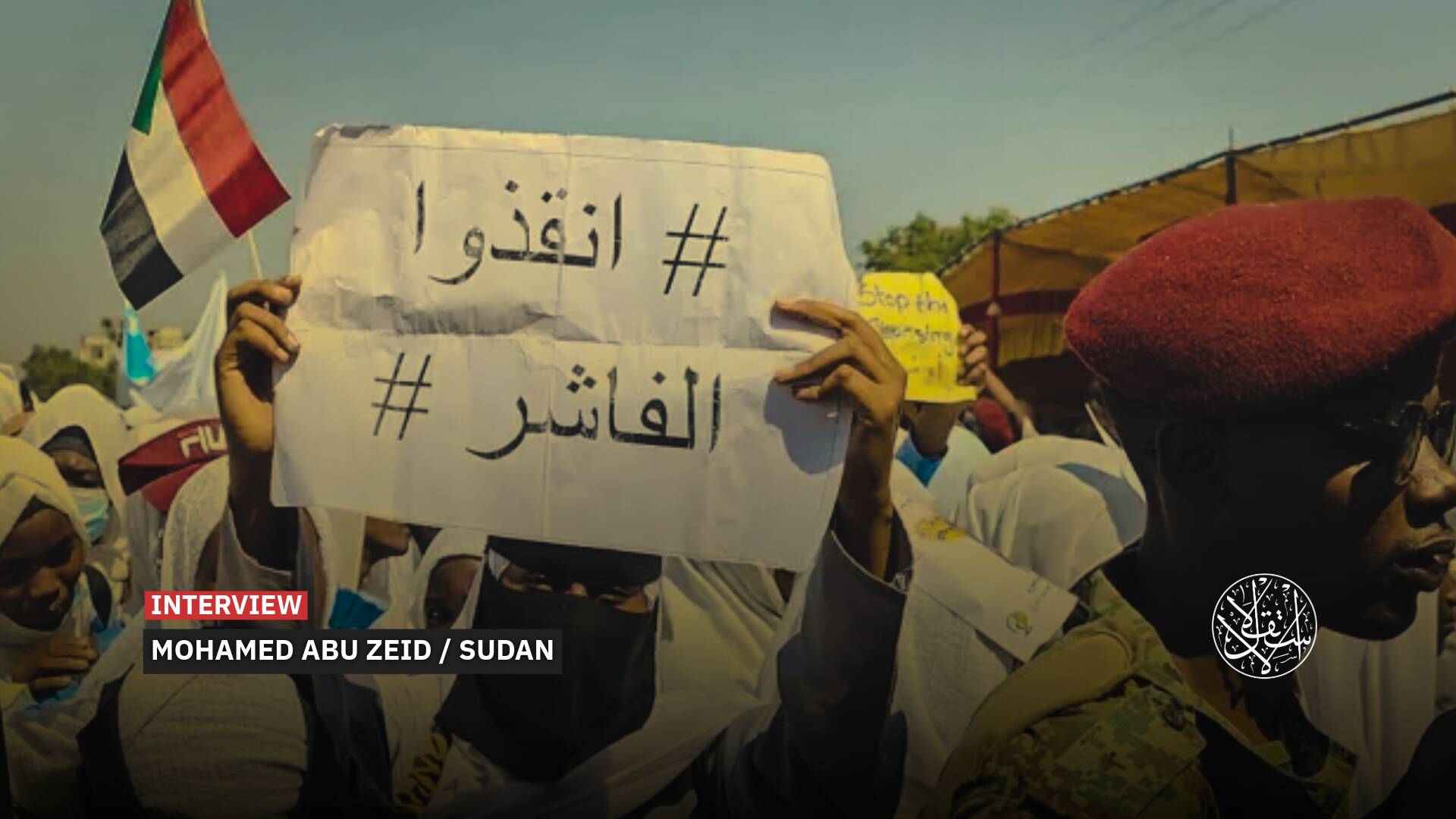Hezbollah Rejects Lebanon-U.S. Disarmament Deal: Will This Spark a Clash?
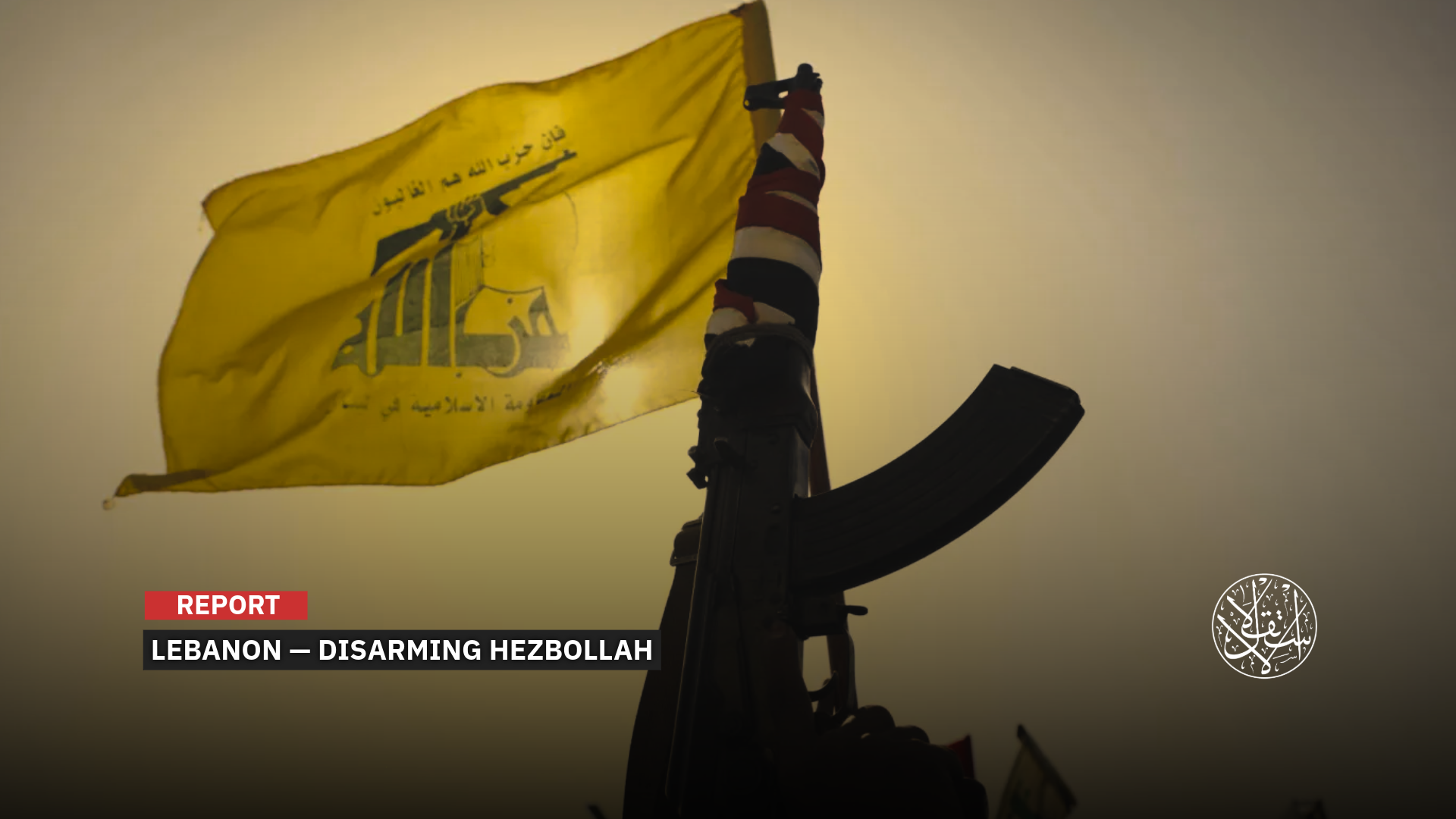
“The issue has become simply: give us weapons, but no national security.”
After Hezbollah rejected Lebanon’s new agreement with the United States to disarm the group, calling it “as if it did not exist,” fears are growing that the move could spark an internal clash between the army and Hezbollah, achieving for “Israel” what it could not through war.
Concerns intensified after the Lebanese cabinet, on August 7, 2025, approved the proposal put forward by the U.S., while Hezbollah and the Shiite Amal movement ministers walked out of the meeting, signaling internal divisions and early signs of confrontation.
The government’s approval, with 24 ministers supporting the U.S. plan despite the withdrawal of five ministers from Hezbollah and Amal, indicates that the Lebanese state may now face a direct conflict with Hezbollah.
Hezbollah had previously rejected both the agreement and the plan to formally place weapons under state control, effectively blocking the Lebanese army from taking command of its positions and arms in the south.
The U.S. proposal calls for Lebanon to assert full sovereignty over its territory and to demarcate its borders with “Israel,” but only if Hezbollah disarms and hands over its weapons to the Lebanese army by the end of 2025.
This raises urgent questions over how Hezbollah will respond to what it calls “the army’s great sin” of taking away its weapons, and whether U.S. envoy Tom Barrack, who brokered the contentious deal, is now effectively carrying out Netanyahu’s will in Beirut.
The Israeli Occupation launched a fierce aggression on Hezbollah in 2024 after the group intervened to support Gaza, killing senior leaders before a U.S.-mediated ceasefire in November 2024. The ceasefire has been repeatedly violated by ongoing Israeli strikes and targeted assassinations.
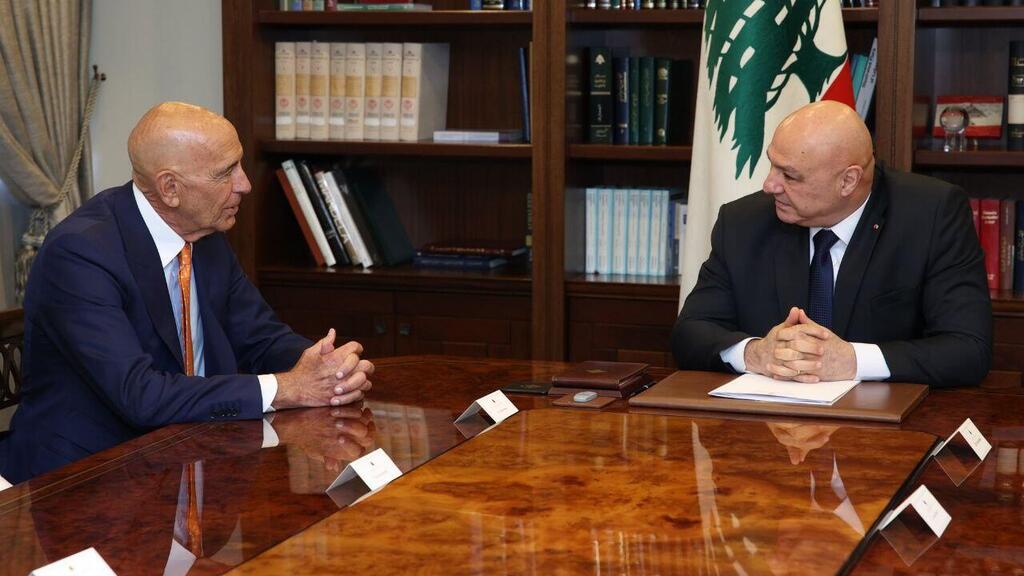
Plan Details
The U.S. proposal to disarm Hezbollah includes an Israeli withdrawal, border demarcation, and international support for the Lebanese army with “appropriate military means” to ensure the agreement is implemented and security is maintained, but only after Hezbollah fully surrenders its weapons to the army.
The proposal links progress to full sovereignty of the Lebanese state, making it the only authority with the power to decide on war and peace, according to Yedioth Ahronoth and the Israeli Public Broadcasting Corporation Kan, August 6, 2025.
This final proposal, from U.S. envoy Tom Barrack, outlines a comprehensive solution between Lebanon and “Israel,” including disarming Hezbollah, according to the Lebanese newspaper al-Akhbar, affiliated with Hezbollah, August 6, 2025.
According to Lebanese media, Barrack delivered the agreement text to the Lebanese government, which lays out four gradual stages aimed at ending the conflict between “Israel” and Hezbollah.
The agreement stipulates that Hezbollah and all non-state armed groups in Lebanon must be fully disarmed by December 31, 2025, in exchange for a phased withdrawal of the Israeli army from five positions inside Lebanese territory.
It also calls for indirect negotiations under the auspices of the United States, France, and the United Nations to address prisoners and border issues, as well as an international economic conference to support Lebanon financially and bolster its security, involving countries including France, Saudi Arabia, and Qatar.
The proposal consists of four stages. In Stage One, within 15 days, the Lebanese government approves the agreement’s objectives, “Israel” halts all “military operations” by land, air, and sea, and meetings of the ceasefire monitoring committee begin.
Stage Two, to be completed within 60 days, involves the collection of Hezbollah weapons, deployment of the Lebanese army across the regions, withdrawal of “Israel” from three border points, the return of Lebanese civilians to their villages, and the start of border demarcation in the Shebaa Farms area.
Stage Three, within 90 days, focuses on verifying that southern Litani is free of any Hezbollah armed presence, the withdrawal of “Israel” from the final two border points, and reinforcement of Lebanese army deployment along the Syrian border.
Finally, Stage Four, within 120 days, entails dismantling remaining heavy weapons, missiles, drones, and tunnels, handing full security control to Lebanese authorities across the country, and providing conditional international support.
The proposal again emphasizes international military support for the Lebanese army and security forces to implement the agreement and ensure safety. Progress is contingent on Lebanon achieving full sovereignty as the sole authority over war and peace.
Under the agreement, a violation by “Israel” would result in a rebuke from the U.N. Security Council, while non-compliance by Lebanon, specifically Hezbollah, would trigger suspension of U.S. military aid and economic sanctions.
On August 7, the Lebanese cabinet approved the objectives outlined in the U.S. paper for consolidating the November 27, 2024, ceasefire with the Israeli Occupation. They also agreed to end armed presence across the country, including Hezbollah, and to deploy the Lebanese army in border areas.
This occurred despite the withdrawal of five ministers from Hezbollah and the Amal Movement, led by Parliament Speaker Nabih Berri, signaling a potential wider confrontation. The five Shiite ministers argued that the paper serves Israeli interests, ignores ongoing attacks on Lebanese territory, and disregards “Israel’s” failure to honor previous agreements, and therefore rejected any new framework without guarantees.
This marks the first time since the Taif Agreement, which ended Lebanon’s civil war (1975–1990) and disarmed participating factions, that the government has issued a decision to disarm Hezbollah, the only faction that retained its weapons citing resistance to “Israel.”
The decision strips Hezbollah’s weapons of the political legitimacy previously reinforced in government statements through the so-called “army, people, and resistance” framework, during a time when Hezbollah was Lebanon’s most influential political and military force.
The U.S. memorandum lists 11 main objectives, including establishing the state’s exclusive authority over war and peace decisions, ensuring all weapons are held solely by the state, gradually ending all non-state armed presence including Hezbollah, throughout Lebanon, deploying the Lebanese army along border areas with sufficient arms, and ensuring Israel’s withdrawal from five positions while halting all hostile actions, including land, air, and sea violations.
The plan also calls for permanent, visible demarcation of international borders between Lebanon and “Israel,” and permanent border definition between Lebanon and Syria.

Qassem’s Threat
While Lebanese cabinet ministers met to discuss disarming Hezbollah, the group’s deputy leader, Naim Qassem, criticized the move. Speaking in a televised address, he said, “I hope you [Lebanese officials] don’t waste time on the storms stirred up by external dictates.”
He warned that the agreement’s implementation would weaken Lebanon, criticizing what he described as foreign interference, regional pressure, and internal intimidation, along with those he accused of sowing discord.
Qassem read portions of the U.S. envoy’s proposal during his speech and declared his rejection of all its terms. Immediately after he spoke, dozens of motorcycles carrying men waving Hezbollah flags took to the streets to send messages of defiance and warning.
“The strategy is not a timetable for disarmament,” Qassem said. “The issue has become simply: give us weapons, but no national security. How is that possible? We do not accept it, because we consider ourselves a fundamental component of Lebanon.”
He threatened that Hezbollah would respond if the Israeli Occupation resumed a broader war on Lebanon and emphasized that any decision regarding Hezbollah’s weapons must come through a consensus.
The remarks heightened internal tensions, raising fears that the conflict with “Israel” could spill into Lebanon itself with potential U.S. backing.
At the same time, Qassem seemed to adopt a conciliatory tone toward the Lebanese army, stating that the party was not competing with the army over a monopoly on weapons and emphasizing that it valued the army’s role.
Nevertheless, he made it clear that the party did not intend to give up its weapons and warned that any withdrawal from southern Litani, as demanded by “Israel,” would be seen as a victory for the Israeli Occupation. He insisted that Hezbollah’s weapons would not be handed over to “Israel” under any circumstances.
On August 6, 2025, Hezbollah’s media relations office issued a statement declaring that the party would treat any decision to disarm it “as if it did not exist.”
The statement accused the Lebanese government of committing a “major sin” by instructing the army to prepare a plan to seize weapons before the end of the year.
Hezbollah argued that the decision undermines Lebanese sovereignty and gives the Israeli Occupation free rein to manipulate the country’s security, geography, politics, and future. It described the move as achieving for “Israel” what it failed to accomplish in its past aggression against Lebanon, asserting that “the resistance’s weapons are Lebanon’s strength.”
The group said the decision stemmed from directives by U.S. envoy Tom Barrack and criticized the government for disregarding the president’s promise, made during his oath, to discuss a national security strategy.
Hezbollah described the government’s decision as “part of a strategy of surrender and a clear dismantling of Lebanon’s sovereignty.”

What Are Hezbollah’s Options?
The Lebanese government’s decision on August 5, 2025, to task the army with preparing a plan to disarm Hezbollah, followed by the cabinet’s approval on August 7 of the U.S. plan to seize the group’s weapons, marks an unprecedented move.
The decision poses a significant challenge to Hezbollah, which has rejected calls to disarm “since last year’s devastating war with Israel,”, according to Reuters on August 5, 2025. The government’s approval of the U.S. plan sparks serious questions about whether it can actually be implemented, how Hezbollah might respond, and what the wider political and security consequences for Lebanon could be.
Hezbollah’s options following the government’s disarmament decision are highly sensitive. Its rejection of the cabinet’s approval could shift the conflict from an “Israeli-Lebanese” confrontation to an internal “Lebanese-Lebanese” struggle.
There is a risk that this could escalate into a civil war if armed Maronite Christian factions oppose Hezbollah, leading to skirmishes or open clashes.
Hezbollah could also respond politically by resigning its four ministers in the government, along with a fifth allied member. It might disrupt parliamentary operations, where it holds a significant bloc with allies, or stir unrest on the streets through mobilizing supporters and displaying armed presence, according to foreign reports.
In 2018, Hezbollah and its allies controlled 70 of the 128 parliamentary seats. By the 2022 parliament, its share fell to 65 seats, including 27 with its ally, the Amal Movement, still enough to disrupt legislative sessions.
Despite changes since the Israeli Occupation killed senior Hezbollah leaders, including former Secretary-General Hassan Nasrallah, and the formation of a new government backed by Western and Arab states, the potential for conflict remains.
Past attempts to address Hezbollah’s independent weapons and logistics infrastructure have triggered political crises and security chaos in Lebanon, most notably in 2008. At that time, when the government shut down Hezbollah’s wired communications network, the group seized parts of Beirut on May 7, leading to confrontations that killed more than 65 people.
However, confronting the state directly is a costly and limited option, particularly given that the government, the president, the U.S., the Israeli Occupation, Europe, and allied Arab states support the disarmament plan.
Hezbollah MP Ali Ammar dismissed the idea of a confrontation with the army, telling the press on August 6 that the two sides “understand each other better than anyone, for the sake of Lebanon’s interest and protection.”
David Wood, a researcher at the International Crisis Group, said Hezbollah seeks to minimize the chance of a clash with the army. He told Agence France-Presse on August 6, 2025, that the group avoids confrontation because it knows that all of Lebanon will turn against it, except its supporters, which would be a real disaster for its image.
A Guardian analysis on August 7, 2025, echoed this concern, warning that U.S. demands for Hezbollah to disarm could push Lebanon toward a dangerous choice: engaging in war with Hezbollah instead of “Israel.”
Hezbollah also has the option of escalating by renewing conflict with the Israeli Occupation, a possibility hinted at by Naim Qassem in his response to the U.S. proposal.
Yet any war would be destructive, as Hezbollah lacks supply lines and has seen its intelligence and logistical capabilities weakened after the collapse of the Syrian regime, according to Riad Kahwaji, a Middle East geopolitical security analyst.
Nicholas Blanford of the Atlantic Council told AFP that Hezbollah is likely to try to buy time in the coming period, noting that full disarmament is impossible for the group.
If Hezbollah refuses to accept any timeline for handing over its weapons, Lebanese authorities could find themselves in a difficult position, Blanford said, hesitant to use force against the group in a deeply divided, sectarian, and politically fractured country.
This hesitation may give “Israel” an opportunity to resume hostilities, as it has threatened renewed attacks if Hezbollah’s weapons are not removed.

Three Potential Scenarios
The Israeli newspaper Maariv reported on August 6, 2025, that Hezbollah is preparing for three possible scenarios that “Israel” might pursue, while simultaneously taking strict precautionary measures in anticipation of sudden escalation or surprise military attacks.
Maariv cited (alleged) sources close to Hezbollah’s military wing, saying the group is preparing for three main scenarios that “Israel” could implement.
The first scenario involves maintaining the status quo, with continued targeted assassinations and limited strikes in southern Lebanon.
The second scenario envisions an expansion of attacks through a coordinated Israeli assault targeting southern Lebanon, the greater Beirut area, and predominantly Shia suburbs, without escalating into a full-scale war.
The third scenario, which “Israel” might resort to, is a “wide-ranging war,” similar to the September 2024 aggression and Operation Northern Arrows.
According to the newspaper, sources believe that the first and second scenarios are the most likely, given “Israel’s” preoccupation with the Syrian front and expectations that the United States would not give Prime Minister Netanyahu the green light for a full-scale war in Lebanon.
Maariv also noted that Hezbollah has increased its readiness in anticipation of any military escalation. The group has instructed local council leaders to open mosques and community halls for immediate use if fighting resumes and has banned the use of mobile phones among its members.
Sources
- US proposal for Lebanon-Israel resolution demands Hezbollah disarmament, Israeli pullback by end of 2025
- Lebanon tasks army with limiting arms to state forces in challenge to Hezbollah
- US demands for Hezbollah disarmament may force Lebanon into dangerous choice
- Hezbollah Responds After the Government’s ‘Sin’ Decision [Arabic]
- What Are the Implications of the Lebanese Government’s Decision to Disarm Hezbollah, and What Options Does the Group Have? [Arabic]
- Hezbollah chief says missiles will fall on Israel if it resumes war on Lebanon
- Analysis: Naim Qassem commemorates Fuad Shukr’s death, rejects Hezbollah disarmament
- Hezbollah Says It Won't Heed Lebanese Cabinet Decision Calling on It to Disarm
- Lebanon plans to disarm Hezbollah by year end
- Hezbollah Responds to Disarmament Decision with Indifference [Arabic]
- Is Hezbollah Preparing for Military Escalation with Israel After Being Asked to Surrender Its Weapons?


